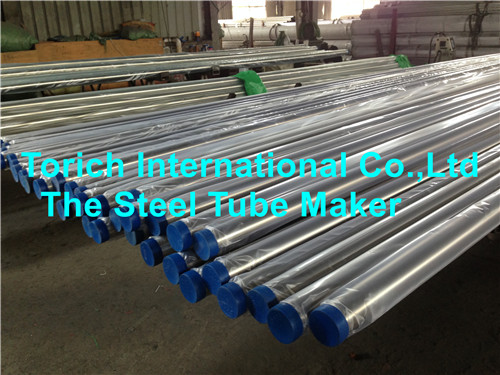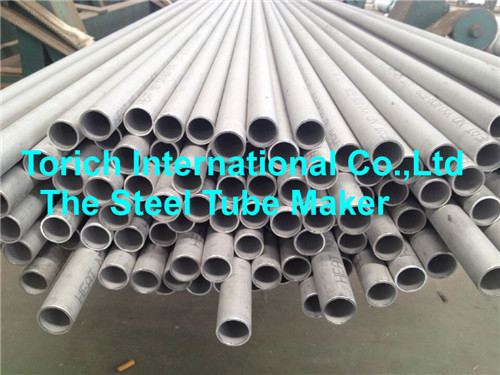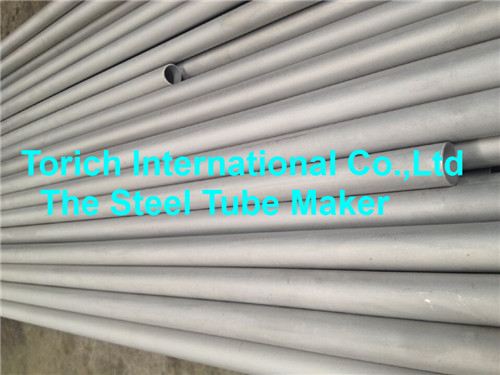Acrylic polyurethane topcoat having very excellent weather resistance, solvent resistance, mechanical properties, gloss and color retention properties, suitable for high corrosion and poor coating in claim art, such as steel bridges, concrete coating, landscape architecture, stadiums Exterior walls, etc. In the rapid development of industry , the requirements for protective coatings on substrates are also increasing. In the absence of skilled coating technology operations, various disadvantages will inevitably occur. The coatings that focus on industrial anti-corrosion coatings here tell you how to recognize and deal with some methods in the coating of some acrylic polyurethane paints to reduce some unnecessary losses. !
1. The sagging of polyurethane anticorrosive topcoatThe sag of the polyurethane anti-corrosion topcoat generally occurs on the vertical surface of the construction part. The wet film flows downward under the action of gravity to form a local or overall upper and lower thick coating. Serious uneven stripes and flow marks appear.
Reasons: â‘ Polyurethane high optical quality of the paint itself: as a paint anticorrosive coating will generally have a thickness of design requirements, if the choke poor properties of the coating itself, it is inevitable sagging; â‘¡ acrylic polyurethane construction: construction process sprayed thick , Or the spraying distance is too close; unnecessary use of a large amount of polyurethane thinner, resulting in low spray viscosity.
Prevention: ①The topcoat itself is caused by factors, then the acrylic polyurethane coating manufacturers are required to choose more reasonable and effective anti-sag additives in the formulation, use less or no high-density fillers, and adjust the volatilization rate of the diluent in time. The temperature and the construction site are matched with corresponding thinners. ② Sagging caused by construction reasons, multiple thin sprays (dry film thickness is 20-30μm at a time), control gun distance (not less than 30cm) and spray pressure, strive to achieve uniform gun distance; control correct acrylic polyurethane magnetic paint construction Viscosity.
2. Particles of aliphatic polyurethane enamelThe protrusions on the paint film are distributed on the entire partial surface in the form of particles.
Reason: The construction environment of spraying polyurethane topcoat is not clean, the dust falls on the paint surface or the adjusted paint; the spray gun is not cleaned; the temperature in the spray booth is too high or the acrylic polyurethane thinner volatilizes too quickly, resulting in dry spraying; Unreasonable air circulation design causes the dry paint mist to fall on the unpainted surface; the viscosity of the polyurethane coating is too high, resulting in poor atomization and excessive paint droplets.
Prevention: regular dust removal in the paint room, and cover the paint bucket; remove dust thoroughly in the paint booth; blow off the workpiece after polishing, and then wipe the surface of the workpiece with a dust cloth that does not lose fiber; after spraying the paint, use the supporting thinner cleaning spray gun; Use a thinner suitable for the ambient temperature; adjust the viscosity of the paint to a reasonable spray viscosity.
3. Aliphatic polyurethane topcoat shrinkage
The wet film retracted during the leveling process and became a circular pit, some exposed the substrate, and some found particles in the middle of the pit, often called "fisheye".
Cause: Oil stains, waxes or incompatible substances are mixed in the paint; or the surface treatment of the intermediate paint is not clean, and it is stained with oil stains, wax, water, machining fluid, etc .; the air quality in the spray booth is too poor, and floating particles fall Paint film surface.
Prevention: Use a clean paint adjustment tool during the adjustment of the acrylic polyurethane topcoat; after the polyurethane midcoat is finished, do not touch the midcoat surface with a dirty cloth with an oily cloth; ensure that the spray booth is clean and free of dust, oil mist and paint in the air Fog and other floating objects.
4. Pinhole of acrylic polyurethane topcoat
The pinholes appear on the surface of the paint film, similar to the pores of the skin.
Reasons: Acrylic polyurethane topcoat itself has poor ability to release bubbles; the leveling time after thick coating is too short to bake in the oven and heat up too quickly; or moisture is mixed into the paint; the air flow rate in the spray room of the acrylic polyurethane topcoat is too fast, resulting in The surface dries too fast and the ambient humidity is too high.
Prevention: Use slow-drying aliphatic polyurethane topcoat thinner and bake at low temperature; strictly follow the construction process to ensure that the paint adjustment equipment is clean and free of dirt and moisture. It is not suitable to spray bright topcoat when the environmental humidity is greater than 80%.
5. Uneven gloss of aliphatic polyurethane topcoatPart of the light loss phenomenon seriously affects the overall aesthetic effect.
The reason: the painted surface of certain aliphatic polyurethane topcoat is too rough, putty did not play well, grinding work not done; spraying time interval is too long, after zui select a paint spray, mist fell on other parts of the cause leading to loss Light; polish the intermediate coat before it dries.
Prevention: Polishing should be comprehensive and meticulous to eliminate the roughness of the surface of the spraying parts; the spraying time should not be too long; the putty and polishing should be done after the intermediate coating is completely dry.
6. Orange peel with aliphatic polyurethane topcoatThe paint has poor fluidity, poor leveling of the coating film, and irregular orange-like ripples.
Reason: The viscosity of aliphatic polyurethane topcoat is too high and the flow performance is poor; the atomization is bad; the air flow rate in the spray booth is too large, which causes the solvent to volatilize too fast; the distance between the spray gun and the surface of the flag spraying part is not suitable during spraying, and the spray pressure is too high Big.
Prevention: Use an aliphatic polyurethane topcoat supporting thinner to adjust the coating to a suitable spray viscosity; adjust the air flow rate between the spray booths, or replace the thinner with a suitable volatilization rate; the spray distance should not be too close, and the spray pressure should be moderate.
7. Aliphatic polyurethane topcoat has poor corner coverageDuring the spraying and drying process, the paint film shrinks, and the paint film on the straight edges and corners of the object becomes thinner, and even the bottom is exposed.
Reasons: Aliphatic polyurethane topcoat topcoat has poor corner wettability, there is "edge effect"; spray viscosity is too low.
Prevention: Adjust the formula of the aliphatic polyurethane topcoat; when spraying the corners, the viscosity is appropriately higher. The effective method is to use acrylic polyurethane topcoat for the corners.
8. Dark foam of aliphatic polyurethane topcoatThe air bubble hangs in the paint film without breaking, which seriously affects the appearance.
Reasons: Moisture reacts with curing agent; aliphatic polyurethane coating has poor foam release performance; surface drying rate is too fast.
Prevention: stop the construction when the air temperature is more than 80%; control the moisture from the production of aliphatic polyurethane topcoat paint; adjust the formula and select good quality hydroxy acrylic resin; adjust the solvent system to extend the surface drying time.
9. Acrylic polyurethane magnetic paint has poor freshness
The main performance is that the gloss of the paint film is relatively high, but the reflected shadow is very fuzzy.
Reasons: The resin selected for the acrylic polyurethane enamel formulation is not good; the effect of paint fog; the coating thickness is insufficient, and the fullness is poor.
Prevention: Improve the formula and choose resins with good gloss and decoration; cover up the areas other than spraying when recoating; multiple thin coatings to increase the thickness of the coating to improve the fullness and smoothness of the acrylic polyurethane magnetic lacquer coating.



